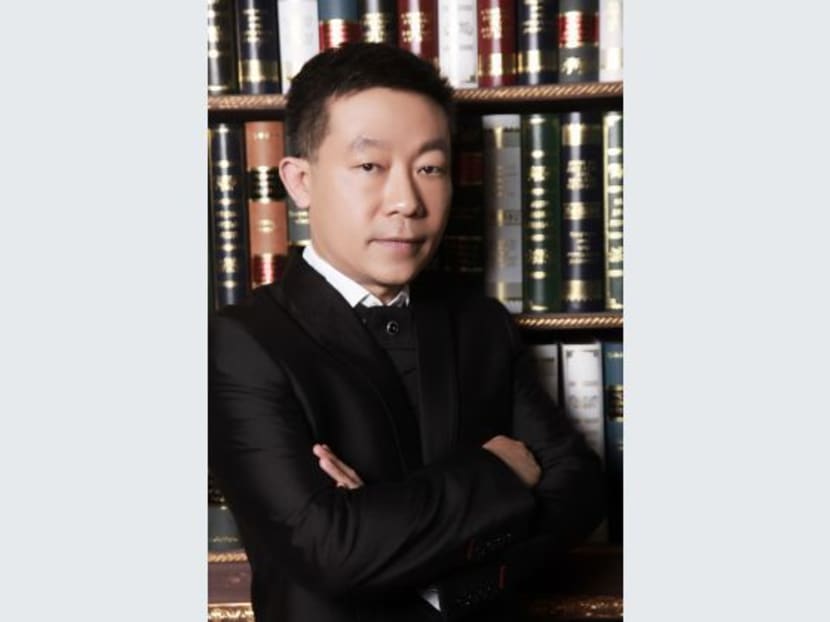Singapore Art Museum chief leaves post after less than a year
SINGAPORE — Less than a year after marketing and arts management specialist Leng Tshua took on the post as the Singapore Art Museum’s (SAM) chief executive officer (CEO), the 52-year-old has stepped down, with nary a fanfare.

The Singapore Art Museum CEO Leng Tshua left his post in June 2016. Photo: Singapore Art Museum
SINGAPORE — Less than a year after marketing and arts management specialist Leng Tshua took on the post as the Singapore Art Museum’s (SAM) chief executive officer (CEO), the 52-year-old has stepped down, with nary a fanfare.
Tshua had updated his Facebook profile on June 10, indicating that he had departed from his post the day before. There was no official statement from the Museum, but when contacted, a spokesman confirmed that Tshua had stepped down with effect on June 9.
“Mr Tshua has decided to step down for personal reasons,” added the spokesman, who did not elaborate more when asked why the stint was so short.
TODAY understands he has moved on to an international marine exploration consultancy firm in Washington, where he is its director.
Attempts to reach him for comment went unanswered.
Meanwhile, SAM said the search for a new CEO is under way.
“The curatorial co-heads of SAM, Ms Joyce Toh and Ms Tan Siuli, will continue to provide curatorial leadership to the SAM team,” said its spokesman.
In the interim, a management committee has also been set up and has been overseeing the running of the museum. It is led by head of finance Terence Chong and head of marketing communications and international relations Lynn Sim. They are overseeing the museum’s day to day administrative and governance matters.
Asked whether the upcoming Singapore Biennale 2016 (SB2016) will be affected by Tshua’s departure, the spokesman said no, as the Biennale is being led and managed by an SB2016 curatorial team.
“The SB2016 curatorial model retains the collaborative framework from SB2013, but sharpens the focus with a curatorial team that combines a depth of expertise in Southeast Asian, as well as East and South Asian contemporary art,” she added.
Tshua, who has more than 25 years of professional experience in various business portfolios, was appointed as the SAM’s CEO on July 1 last year, replacing Chong Siak Ching, who stepped down in January that year to focus on National Gallery Singapore.
Tshua was supposed to be working closely with museum director Susie Lingham, but Lingham stepped down in March 31 this year, having held the position since August 2013.
Back then, chairperson of the SAM board Jane Ittogi said Tshua’s long and varied professional experience and music background, as well as his involvement in arts organisations, will add “fresh dimensions” to the museum’s development.
Tshua was previously the chief consultant for business development at Steinway & Sons, Asia Pacific Group, and CEO of L&L Luxury Marketing. He has also been a patron and board member for several arts organisations such as the Bellevue Arts Museum, Seattle Symphony Orchestra and Greater Oro Valley Arts Council in the United States. He has a graduate degree in piano performance from Arizona State University and an MBA from William Steinway University.
Most in the arts community whom TODAY reached out to either declined to comment or said they lacked enough information or did not know him enough to comment.
“It made sense to bring in someone with business acumen like Leng, but it has to be balanced with someone who has visual arts experience and clout. He could not be expected to do both things,” said Benjamin Hampe, co-owner and director of Chan Hampe Galleries.
He remembers SAM fondly as a “lynchpin for everyone in the visual arts industry” to gather at exhibition openings, networking and “feeling a sense of ownership with the community” and admits it has not been the same in recent years.
Moving forward, the new leadership would need to be someone “who understands the arts community and pulls them together rather than divides, and most importantly, he or she has to be an agent of change with the necessary gravitas and support to make changes within the institution,” Hampe pointed out.








